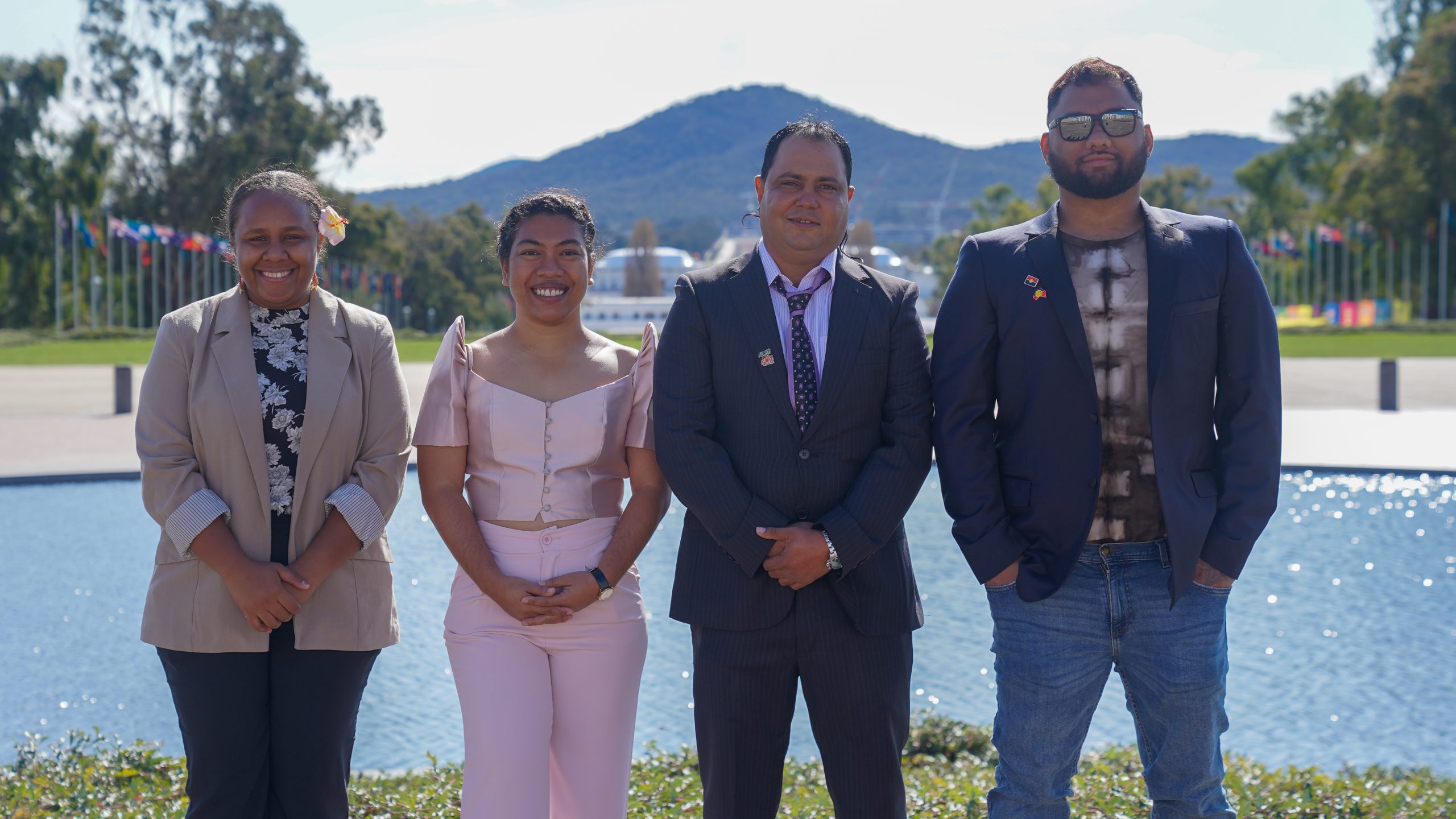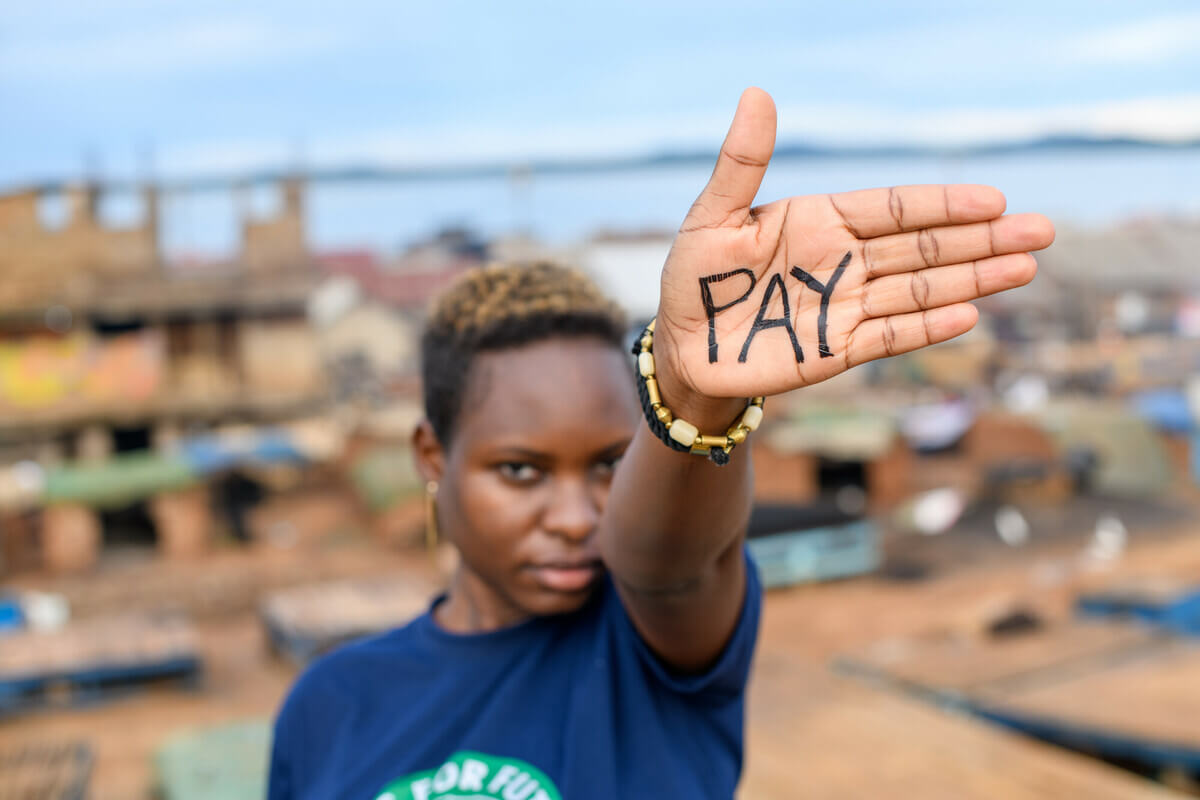By Simon Bradshaw, Climate Change Advocacy Coordinator
We’re now halfway through the Paris climate negotiations. What happens now? Simon Bradshaw checks in.
I’ve just returned from Paris, where I was part of Oxfam’s global team working alongside some remarkable Oxfam staff and partners from around the world.
So halfway through the Paris climate negotiations, what’s the story so far and what are Oxfam’s priorities for the all important final days?
Following a historic weekend during which three quarters of a million people around the world took to the streets for the People’s Climate March, the conference began with a buzz. More than 150 world leaders — the largest such gathering in history — took the stage on day one to set the tone for the two weeks ahead.
But for all the stirring rhetoric — including a typically inspiring speech from Obama emphasising the need to act for future generations — rich countries appeared to have come with few new concrete commitments.
The most significant and exciting announcements came from the developing world, including an initiative to install 300GW of renewable energy across Africa by 2030. That’s around seven times Australia’s entire electricity generating capacity.
Throughout the first week, as negotiators got down to work, incredible efforts were being made by the world’s most vulnerable countries — including many Pacific Island nations — to remind the world what is at stake and to demand an agreement that ensures every country can survive and flourish.
“I want to go back from Paris and tell my people we have a solution. That they no longer have to leave their home.”-Anote Tong #wethepacific
— Simon Bradshaw (@simoncbradshaw) December 2, 2015
“For us, coming to Paris is about fighting for our human rights. It’s about survival and our right to life.” -Inia Seruiratu #wethepacific
— Simon Bradshaw (@simoncbradshaw) December 2, 2015
"if you can't save Kiribati then #climatechange is coming for you. If you save Kiribati you save the world" #cop21 pic.twitter.com/DxHhpVaaWB
— Simon Bradshaw (@simoncbradshaw) December 7, 2015
These powerful calls from the Pacific and beyond have seen some success. There is now a real chance that the final agreement will include the goal of keeping the global temperature rise below 1.5°C – beyond which many more countries and communities will be pushed beyond their ability to adapt.
But the clock is ticking. And with just a few more days left, there is an alarming amount left to be done and many barriers to be overcome if we’re to reach an agreement that can set us on a path to climate justice.
How to address loss and damage from climate change?
Ensuring support to those who face irreversible loss and damage from climate change, such as loss of land, homes and livelihoods, remains one of the most vexed parts of the negotiations.
Rich countries fear this may ultimately make them liable for the damage inflicted by their failure to adequately reduce emissions and support poorer communities with adapting to climate change. In reality, the issue is about far more than compensation, and requires a range of measures, including ensuring that there is support for those who may ultimately have to relocate due to climate change.
Ensuring adequate funding post 2020
The issue that still looms larger than any other is ensuring sufficient funding for the post-2020 period — when the new agreement will come into effect — and in particular funding to support communities with adapting to the impacts of climate change. Governments must agree not only on new collective funding goals, but also on a regular cycle for reviewing these commitments in accordance with needs.
Closing the emissions gap
And then there’s the all-important question of how to rapidly increase countries’ emissions reduction targets. As you’ve probably heard, if we tally up all the emissions targets currently on the table from countries around the world, these still have us on a path a devastating 3°C or so of warming. Governments are likely to agree on a process that sees their targets reviewed every five years.
But the more contentious part is when these reviews should start, and whether countries will be expected to strengthen the targets that they have already submitted for 2025 and 2030, or only future targets. Oxfam believes the first review should take place now later than 2018, and ensure that countries’ targets for 2025 and 2030 are increased. If we leave it any later and allow these existing targets to stand, it will be too late to keep warming below 1.5°C.
Upholding human rights
Last week a new fight, one we had not anticipated, erupted over how the agreement should recognise human rights, the rights of indigenous people, gender justice, and a just transition for the workforce. Climate change is the human rights challenge of our time. It impacts on people’s right to food, water, health, security, culture and more. What’s more, ill-conceived responses to the climate crisis may further violate human rights.
For example, the seizing of land to grow biofuels, or large-scale hydropower projects displacing communities. Yet some countries are looking to see human rights, and particularly the rights of indigenous peoples, moved away from the operative part of the agreement where they belong. Needless to say, Oxfam believes that human rights should be at the very heart of the agreement, and is fighting to ensure this is so.
So what about Australia?
Australia’s report card has been mixed to say the least. While the Government has been talking a good game in Paris, there has been a gaping chasm between Malcolm Turnbull and Greg Hunt’s positive rhetoric and the Government’s concrete commitments to action.
On the first day, the Prime Minister announced that Australia would provide $1bn in support for climate change adaptation and emissions reductions in developing countries over the next five years. At an average of $200m a year, the commitment amounts to no more than Australia has provided in the past and represents a far smaller commitment than other developed countries including Canada, the UK and Germany have made. What’s more, this funding is being torn from Australia’s already diminished aid budget.
Australia’s emission reduction targets remain a very long way short of what is necessary to keep the global average temperature rise below 2°C, let alone below 1.5°C — the goal that vulnerable countries around the world are rightly demanding. What’s more, Australia has just approved one of the world’s largest new coal mines in the Galilee Basin.
On the plus side, Australia has overall been a more constructive player in these negotiations than we saw at previous climate negotiations in Warsaw and Lima, where Australia became notorious for blocking progress on almost every front. But the Government could do far more to help shape a fair and effective agreement, including helping secure a strong set of funding provisions for the post-2020 period.
Julie Bishop is now in town and heading up the Australian delegation. It’s time to pick up the fight, make our voices louder than ever, and help ensure that Paris delivers for our Pacific neighbours, speeds the global transition to renewable energy, and ensures communities around the world are protected.
I’ve handed the baton to Dr Helen Szoke, Oxfam Australia’s Chief Executive, who will be there carrying the voices of Oxfam supporters through the final long days of negotiations, and helping ensure Paris delivers an agreement that protects the rights and futures of vulnerable communities around the world.



